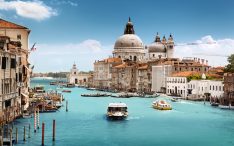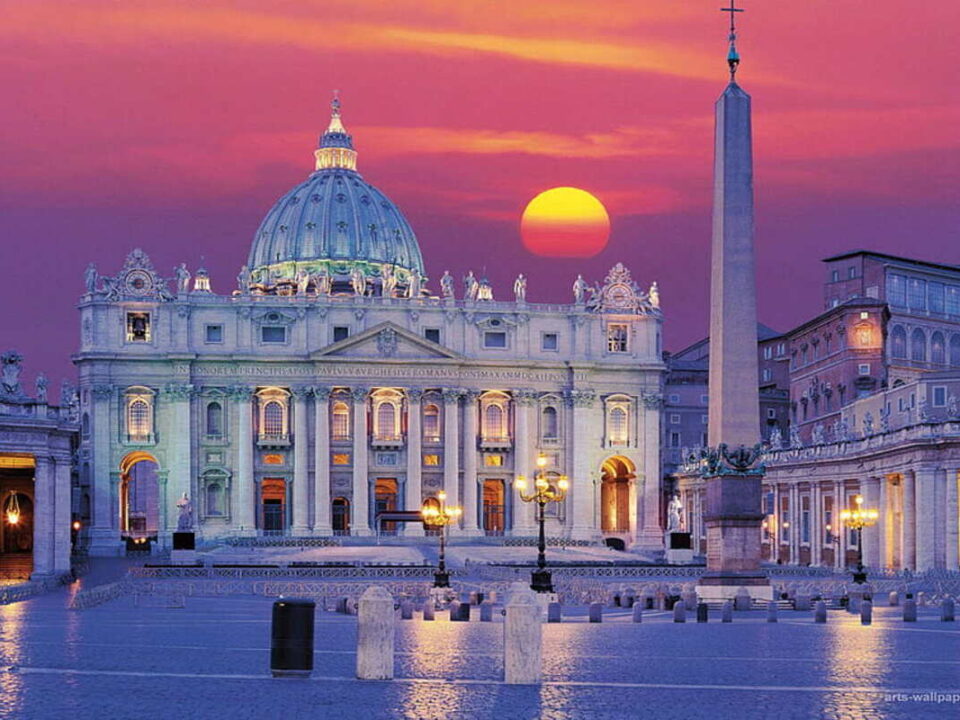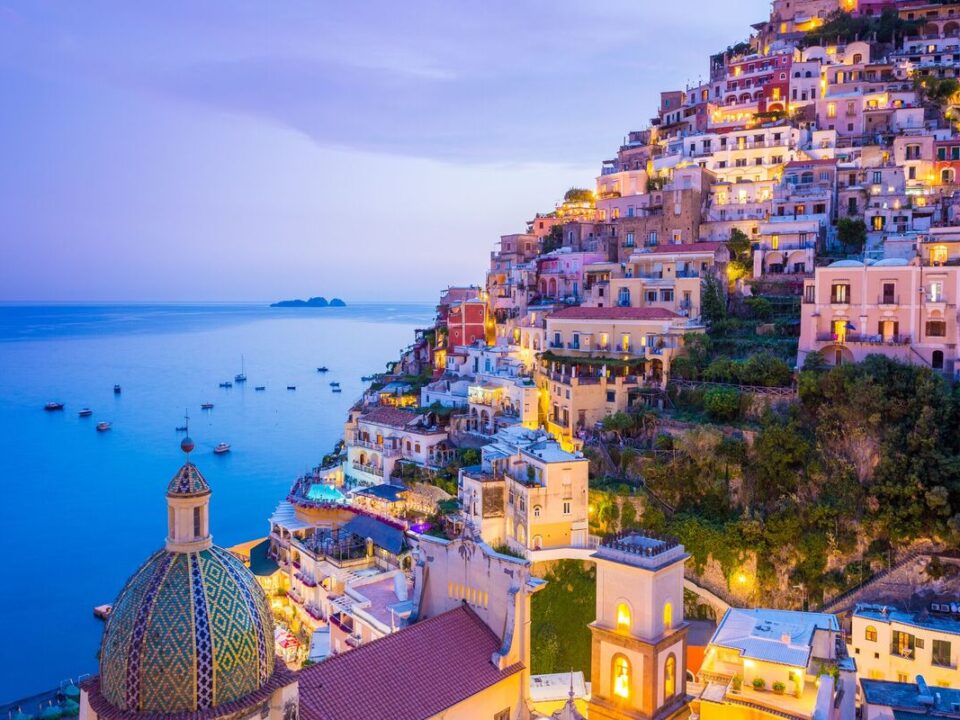Venice: A Timeless City of Canals, Culture, and Charm
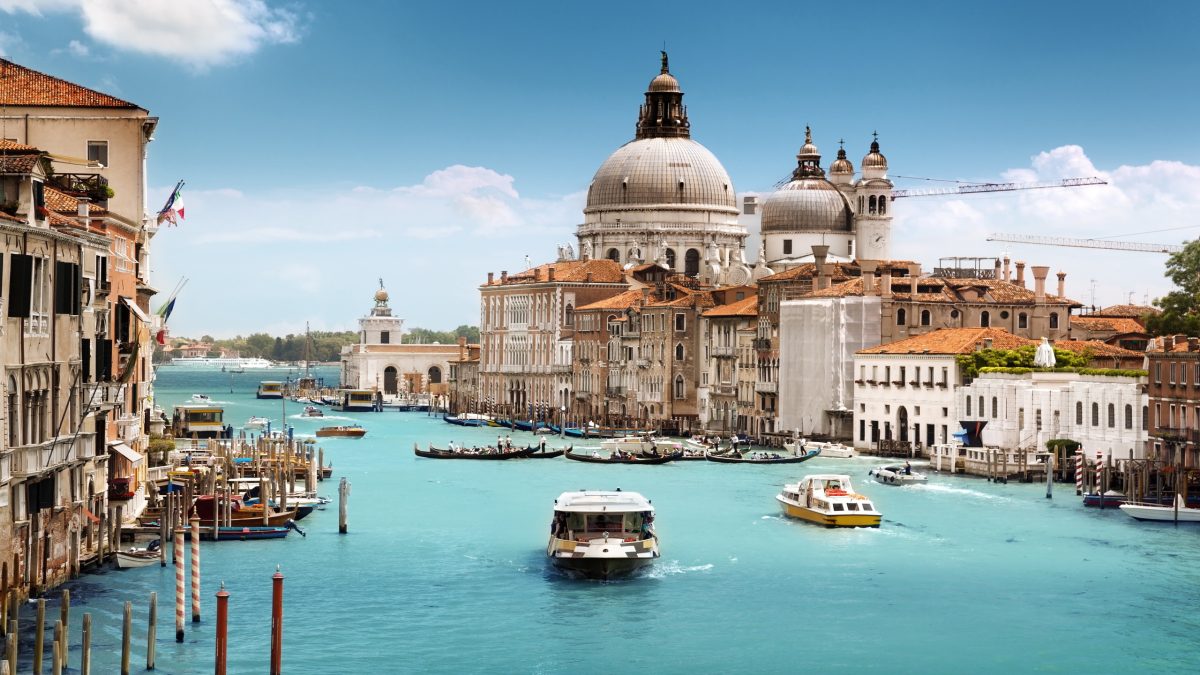
Grand Canal and Basilica Santa Maria della Salute, Venice, Italy
Venice: A Timeless City of Canals, Culture, and Charm
Venice, or Venezia in Italian, is a city like no other. Built on a network of 118 small islands separated by canals and connected by bridges, Venice is a masterpiece of urban design and architectural ingenuity. This enchanting city, with its rich history, stunning landmarks, and unique lifestyle, continues to captivate millions of visitors every year. In this comprehensive guide, we will explore the history of Venice, its most notable attractions, the daily life of its residents, and its significance as a global tourism hotspot.
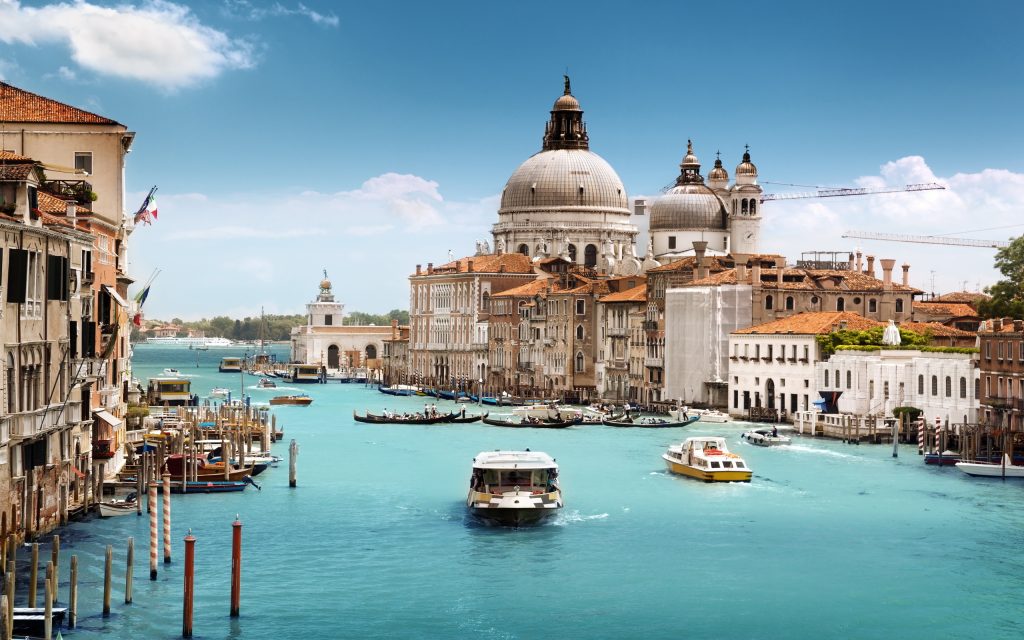
The History of Venice
Venice’s origins date back to the 5th century when refugees from the mainland sought safety from barbarian invasions by settling in the marshy lagoons of the Adriatic Sea. Over time, these early settlers developed a sophisticated system of water management, building foundations with wooden piles driven deep into the mud and constructing their homes on these sturdy platforms.
By the 9th century, Venice had emerged as a powerful maritime republic. Its strategic location made it a crucial trading hub between the East and the West, fostering economic prosperity and cultural exchange. The Venetian Republic, also known as La Serenissima (The Most Serene Republic), was officially founded in 697 and lasted for over a millennium until it fell to Napoleon in 1797.
Venice’s Golden Age occurred between the 13th and 17th centuries, marked by vast wealth, artistic flourishing, and territorial expansion. Venetian merchants dominated trade routes across the Mediterranean and beyond, dealing in spices, silk, and other valuable commodities. This wealth financed the construction of magnificent buildings and the patronage of renowned artists, resulting in a cityscape that remains largely unchanged to this day.
Notable Attractions in Venice
Venice is a treasure trove of historical and cultural landmarks. From its iconic canals and bridges to its grand palaces and churches, the city offers countless sights to explore.
St. Mark’s Basilica (Basilica di San Marco): Located in the heart of Venice, St. Mark’s Basilica is a stunning example of Byzantine architecture. Its opulent façade, adorned with intricate mosaics and statues, hints at the splendor inside. The basilica’s interior is a marvel of gold mosaics and precious relics, including the Pala d’Oro, a golden altarpiece encrusted with jewels.
St. Mark’s Square (Piazza San Marco): Often referred to as the “drawing room of Europe,” St. Mark’s Square is Venice’s main public square and a focal point of the city’s social and political life. Flanked by historic buildings such as the Doge’s Palace and the Procuratie Vecchie and Nuove, the square is an ideal place to take in Venice’s grandeur.
The Doge’s Palace (Palazzo Ducale): This Gothic masterpiece served as the residence of the Doge, the elected leader of Venice, and the seat of the Venetian government. Visitors can explore its lavishly decorated rooms, including the Sala del Maggior Consiglio (Hall of the Great Council) and the Bridge of Sighs, which connects the palace to the prison.
The Grand Canal (Canal Grande): The Grand Canal is Venice’s main thoroughfare, winding through the city in a large S shape. Lined with beautiful palaces, churches, and historic buildings, the canal offers a unique perspective on Venice’s architectural heritage. Visitors can experience the Grand Canal by taking a vaporetto (water bus) or a romantic gondola ride.
Rialto Bridge (Ponte di Rialto): One of the most famous bridges in Venice, the Rialto Bridge spans the Grand Canal and has been a vital crossing point since its construction in the late 16th century. The bridge is lined with shops and offers picturesque views of the canal.
The Accademia Gallery (Gallerie dell’Accademia): Art lovers will appreciate the Accademia Gallery, which houses an extensive collection of Venetian paintings from the Middle Ages to the 18th century. Highlights include works by Titian, Tintoretto, and Veronese.
Murano and Burano Islands: Just a short boat ride from Venice, the islands of Murano and Burano are famous for their traditional crafts. Murano is renowned for its glassmaking, while Burano is known for its brightly colored houses and intricate lacework.
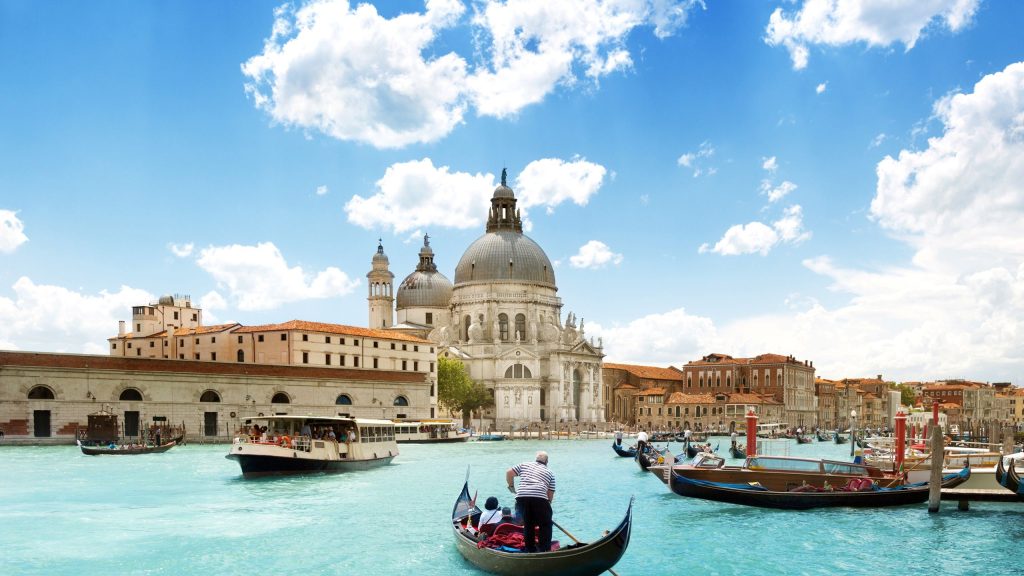
The Lifestyle of Venetians
Living in Venice is a unique experience shaped by the city’s geography and history. The Venetian lifestyle is characterized by a strong sense of community, a deep connection to tradition, and a slower pace of life compared to the hustle and bustle of modern cities.
Transportation: Venice is a car-free city, and residents rely on boats and their own feet to get around. The vaporetto system serves as the public transportation network, while private boats and gondolas provide additional mobility. Walking is an essential part of daily life, and the narrow alleys and bridges of Venice are often bustling with locals going about their business.
Food and Drink: Venetian cuisine is heavily influenced by its maritime location. Seafood is a staple, with dishes like sarde in saor (marinated sardines) and baccalà mantecato (creamed cod) being local favorites. Risotto and polenta are also commonly enjoyed. The city is famous for its cicchetti, small snacks or side dishes typically enjoyed with a glass of wine at a bàcaro, a traditional Venetian bar.
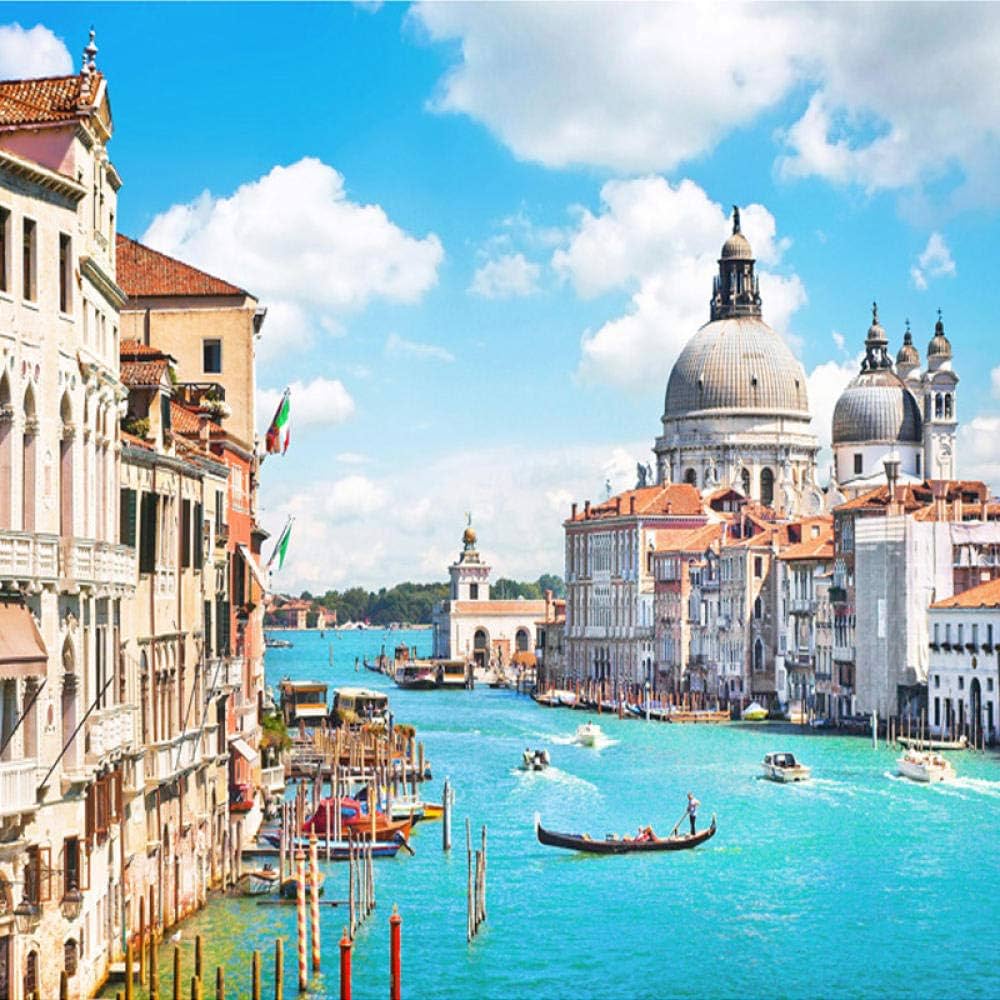
Festivals and Traditions: Venice is home to numerous festivals and cultural events that celebrate its rich heritage. The Venice Carnival, with its elaborate masks and costumes, is one of the most famous and attracts visitors from around the world. Other notable events include the Venice Biennale, an international art exhibition, and the Regata Storica, a historic boat race held on the Grand Canal.
Art and Music: Venice has a long tradition of supporting the arts, and this is evident in its numerous galleries, theaters, and music venues. The city is the birthplace of renowned composers such as Antonio Vivaldi and boasts a vibrant classical music scene. The Teatro La Fenice, one of Italy’s most famous opera houses, continues to host world-class performances.
Community and Social Life: Despite the influx of tourists, Venice maintains a strong sense of community. Venetians are known for their friendliness and hospitality, and social life often revolves around family and close-knit groups of friends. The city’s numerous squares and public spaces serve as gathering points for social interaction and community events.
Venice as a Tourism Hotspot
Venice’s unique charm and cultural richness make it one of the most popular tourist destinations in the world. The city’s tourism industry plays a vital role in its economy, providing employment and supporting local businesses. However, the sheer volume of tourists also presents challenges, such as overcrowding and the preservation of the city’s fragile ecosystem.
Economic Impact: Tourism is a significant contributor to Venice’s economy, generating revenue through accommodation, dining, entertainment, and retail. Many locals are employed in the tourism sector, working in hotels, restaurants, and as tour guides or artisans. The demand for Venetian glass, lace, and other traditional crafts also supports local industries.
Sustainable Tourism: In recent years, there has been a growing emphasis on promoting sustainable tourism in Venice. Efforts are being made to manage the flow of visitors and minimize the environmental impact on the city’s delicate infrastructure. Initiatives such as limiting the number of cruise ships that can dock in Venice and encouraging off-season travel aim to reduce the strain on the city’s resources.
Visitor Experience in Italy: For tourists, Venice offers a magical experience that is hard to replicate anywhere else. The city’s unique blend of history, culture, and natural beauty provides endless opportunities for exploration and discovery. Whether wandering through the labyrinthine streets, cruising along the canals, or enjoying a meal at a traditional trattoria, visitors are sure to be enchanted by Venice’s timeless appeal.
Conclusion
Venice is a city that defies ordinary description. Its intricate network of canals, stunning architecture, and rich cultural heritage create a destination that is both captivating and unforgettable. From its origins as a refuge for mainland settlers to its status as a powerful maritime republic, Venice has a history that is as fascinating as the city itself.
Today, Venice continues to be a vibrant, living city, where residents navigate their unique urban landscape with grace and resilience. The city’s lifestyle, deeply rooted in tradition and community, offers a glimpse into a way of life that has remained largely unchanged for centuries.
As a global tourism hotspot, Venice faces the challenge of balancing the benefits of tourism with the need to preserve its unique environment and cultural heritage. Through sustainable practices and careful management, Venice aims to ensure that it remains a place of wonder and inspiration for generations to come.
For those who visit, Venice promises an experience unlike any other. Its beauty, history, and charm are timeless, offering a journey through a city that has captivated hearts and minds for centuries. Whether exploring its historic landmarks, indulging in its culinary delights, or simply soaking in the atmosphere, Venice invites you to discover its many treasures and become part of its enduring story.

